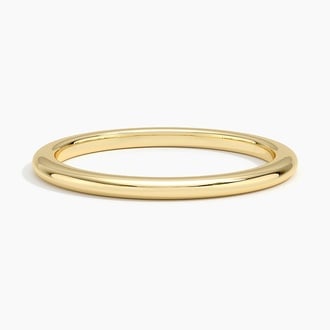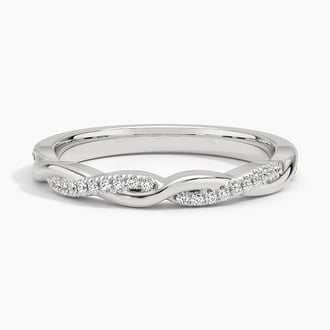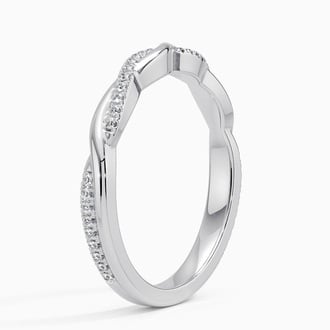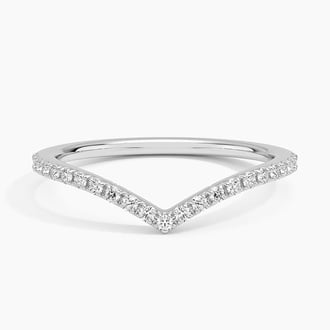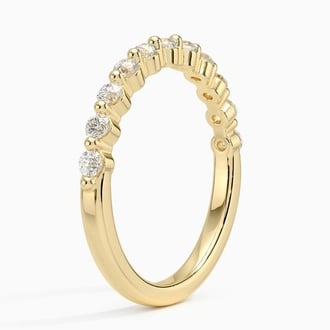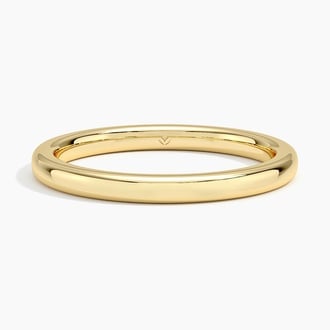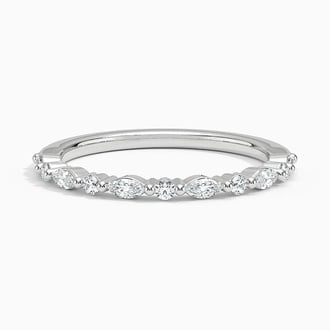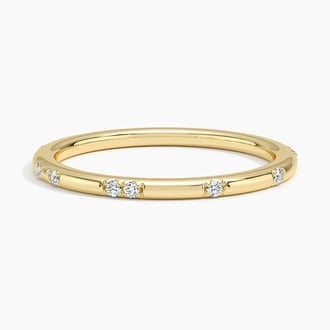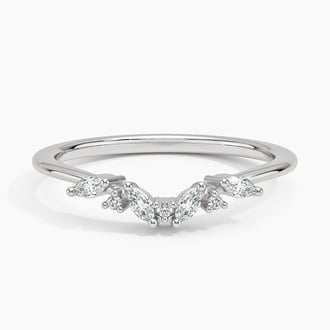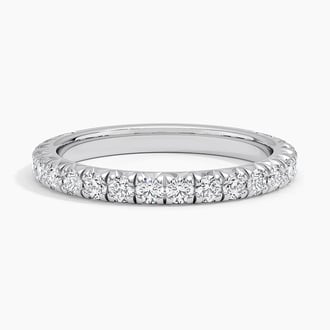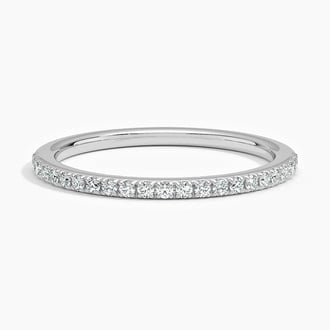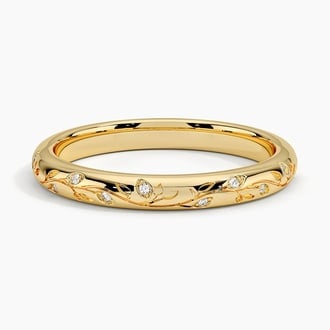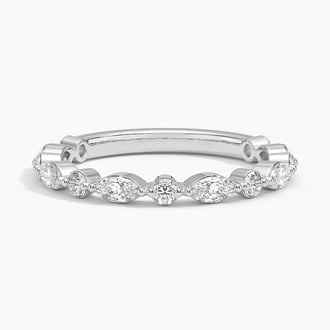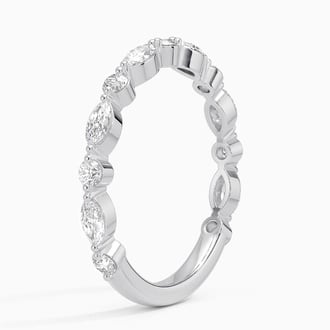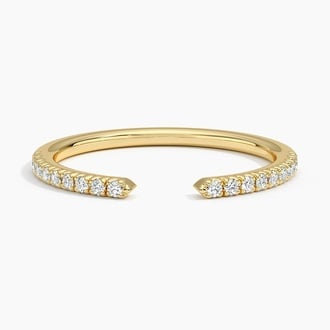Matching your wedding band to your engagement ring is a personal choice. Some people prefer a matching set because it creates a cohesive look, while others prefer to mix and match styles or metals. If you do decide to match your wedding band to your engagement ring, there are a few things to consider.
First, consider the style of your engagement ring. If it has a unique shape or setting, you may need a custom wedding band to fit with it seamlessly. Additionally, consider the metal of your engagement ring. You'll want to match the metal of your wedding band to your engagement ring to ensure a cohesive look. Finally, consider your personal style and how you want your rings to look together. Some people prefer a subtle match, while others want a more obvious set.
Ultimately, the decision to match your wedding band to your engagement ring is up to you. Consider your personal style, the style of your engagement ring, and the metal you prefer to help make your decision.





























